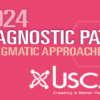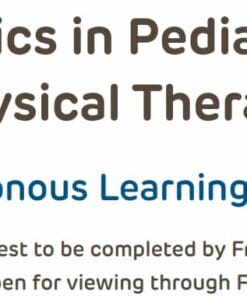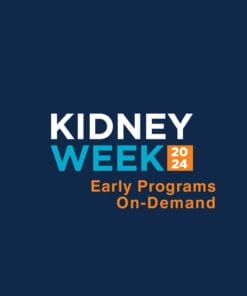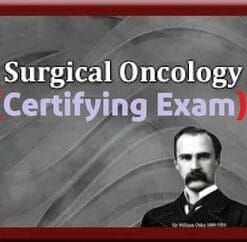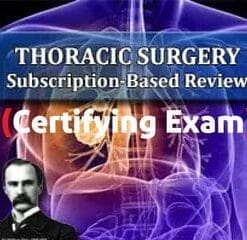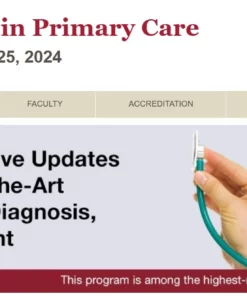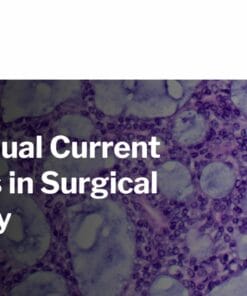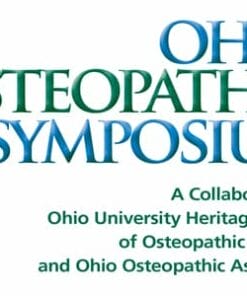A Practical Approach to Surgical Pathology: Volume X – 2024
130 $ Original price was: 130 $.90 $Current price is: 90 $.
Delivery time: Immediately
Format : Video Mp4 + PDF
About This CME Teaching Activity
Target Audience
This CME teaching activity is primarily designed to educate practicing pathologists.
Educational Objectives
At the completion of this CME teaching activity, you should be able to:
- Describe the most common spindle cell tumors of soft tissue and determine which immunohistochemical and molecular diagnostic techniques are most useful in separating these entities.
- Understand the most common difficulties in well-differentiated lipomatous neoplasms.
- Recognize the most common patterns of gastrointestinal stromal tumors of the stomach and small bowel, as well as become familiar with the most important differential diagnostic entities.
- Highlight the most common forms of endometrial cancer.
- Describe an approach to solid uterine neoplasms.
- Recognize the most useful features in recognizing dysplasia of the vulva.
- Understand the most common patterns seen in medical liver biopsies.
- Describe the diagnostic light microscopic and immunohistochemical features of hepatocellular carcinoma and its variants.
- Discuss an approach to resolving carcinoma of unknown primary.
- Recognize the most common papillary lesions of the breast.
- Cite the features of triple-negative breast carcinomas.
- Understand lobular carcinoma and its variants.
- Cite the management and reporting of post neoadjuvant therapy breast cancer specimens.
- Recognize the recent WHO classification of thyroid tumors.
- Understand the most common diagnostic pitfalls in prostate cancer diagnosis.
PROGRAM
John R. Goldblum, M.D.
John R. Goldblum, M.D.
Rondell P. Graham, MBBS
Carmen Gomez-Fernandez, M.D.
Cristina Magi-Galluzzi, M.D., Ph.D.
Charles Matthew Quick, M.D.
Raza Hoda, M.D.
Charles Matthew Quick, M.D.
Rondell P. Graham, MBBS
Carmen Gomez-Fernandez, M.D.
Cristina Magi-Galluzzi, M.D., Ph.D.
Raza Hoda, M.D.
Charles Matthew Quick, M.D.
John R. Goldblum, M.D.
Rondell P. Graham, MBBS
Carmen Gomez-Fernandez, M.D.
Cristina Magi-Galluzzi, M.D., Ph.D.
Raza Hoda, M.D.
Related Products
Video Medical
Emergency Medicine: Evidence-Based Content, Practical Applications 2024 (Videos + Audios)
Video Medical
NYU Langone Health Update on Attention Deficit Hyperactivity Disorder Through the Lifespan 2024
Video Medical
Harvard 9th Annual Board Review and Update in Pulmonary and Critical Care Medicine 2024
Video Medical
Nationwide Children Pediatric Gastroenterology Conference for Primary Care Clinicians 2024
Video Medical
MENA Conference 10th Abu Dhabi International Conference in Dermatology & Aesthetics 2024
Video Medical
Obstetric Anaesthetists Association Joint OAA and UK Maternal Cardiology Society Meeting 2024
Video Medical
Internal Medicine and Urgent Care-Pediatrics: A Review and Update 2025 (Videos + Syllabus)
Video Medical
Obstetric Anaesthetists Association Joint OAA and British Society for Haematology Meeting 2023


